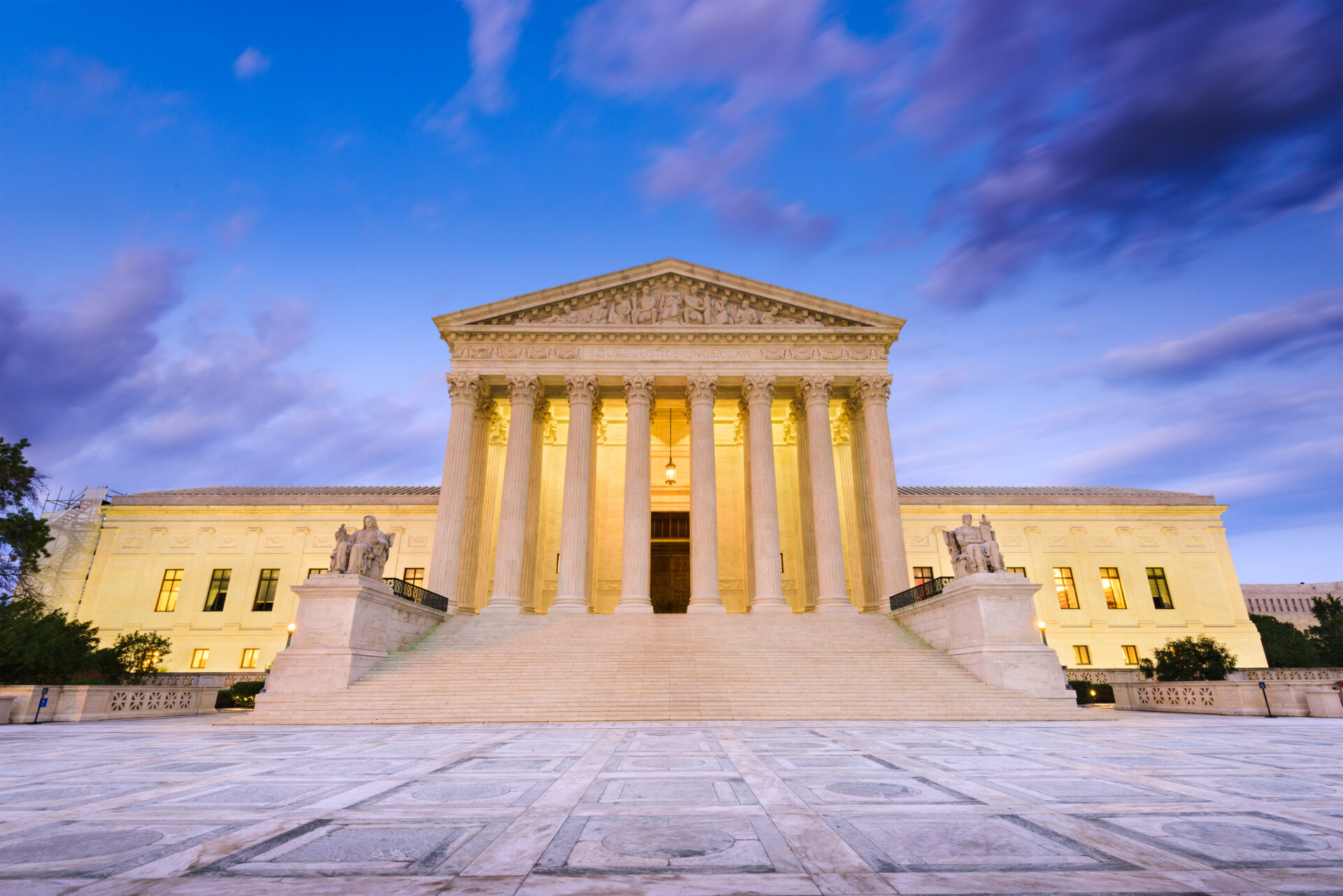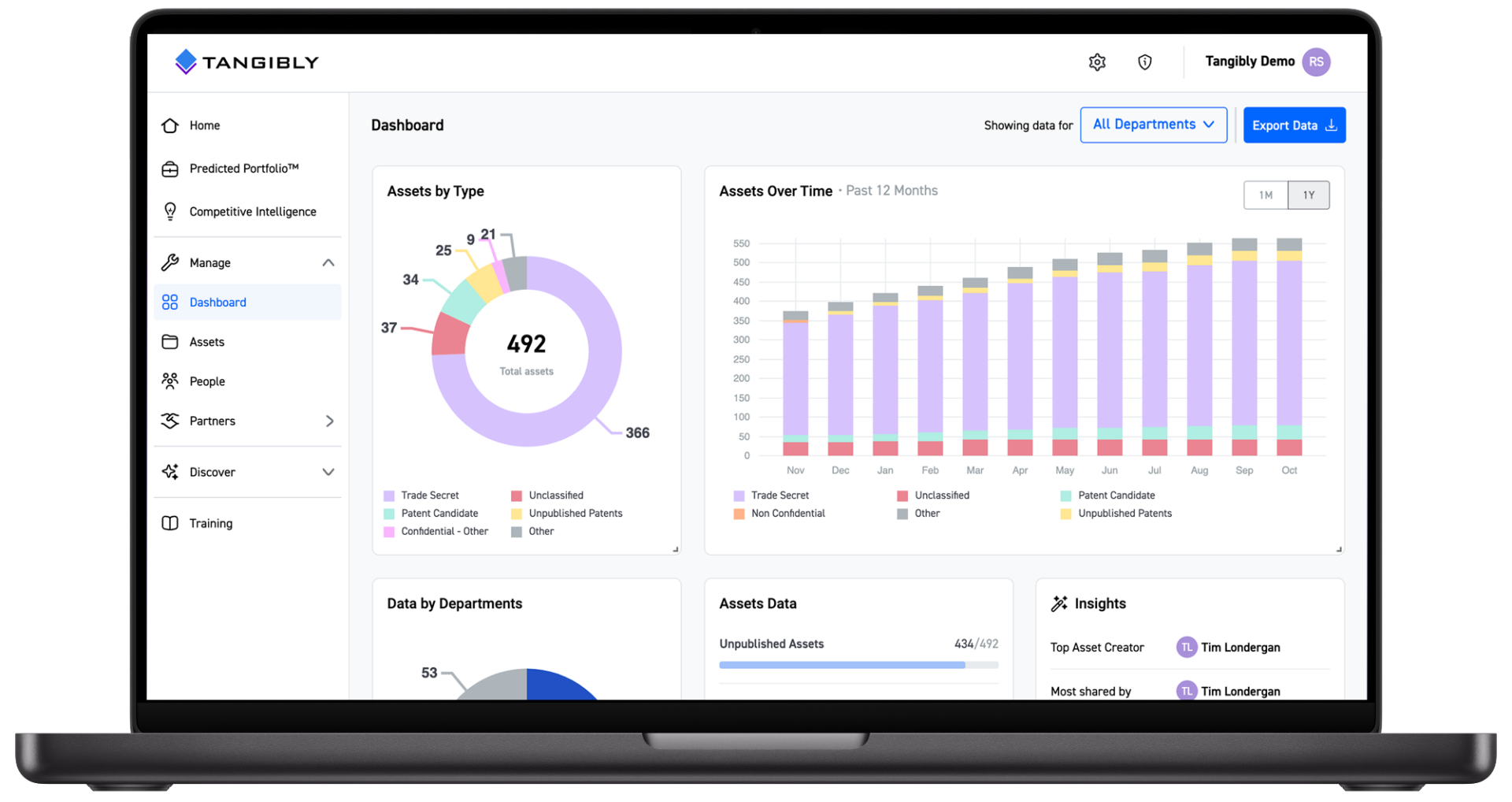One of the basic requirements of US patents is that they be “enabled”. This “enablement” allows one of ordinary skill in the art to read the patent and be able to make and use the described technology without undue experimentation. Basically, it shouldn’t be too hard to get the invention to work after you read the patent.
The US Supreme Court recently affirmed a holding by the CAFC that invalidated two Amgen patents. The patents clearly described 26 antibodies by their amino acid sequences, but the claims encompassed a vast number of antibodies.
The two patents claim antibodies that bind to specific sequences of PCSK9 (a naturally occurring protein) and that block PCSK9 from binding to LDL receptors. The antibodies are useful to treat patients having high LDL cholesterol.

The court found that the enormous number of antibodies covered by the claims’ functional language was simply too much to be enabled by 26 specific antibody sequences.
While the case specifically addresses a patent issue, Tangibly’s CEO asked me if there is an implied trade secret angle to it.
There is always some tension while drafting a patent application. On one hand, the patent applicant wants to disclose as much detail as possible in order to meet the enablement requirement. On the other hand, the applicant may wish to keep certain aspects of the invention confidential to further have an edge over the competition.
The better the enablement / disclosure, the weaker the trade secrets. Similarly, the stronger the trade secrets, the weaker the enablement. This is a more nuanced way of thinking than the usual binary “patent or trade secret” mantra. It’s almost like a dial instead of a switch.
